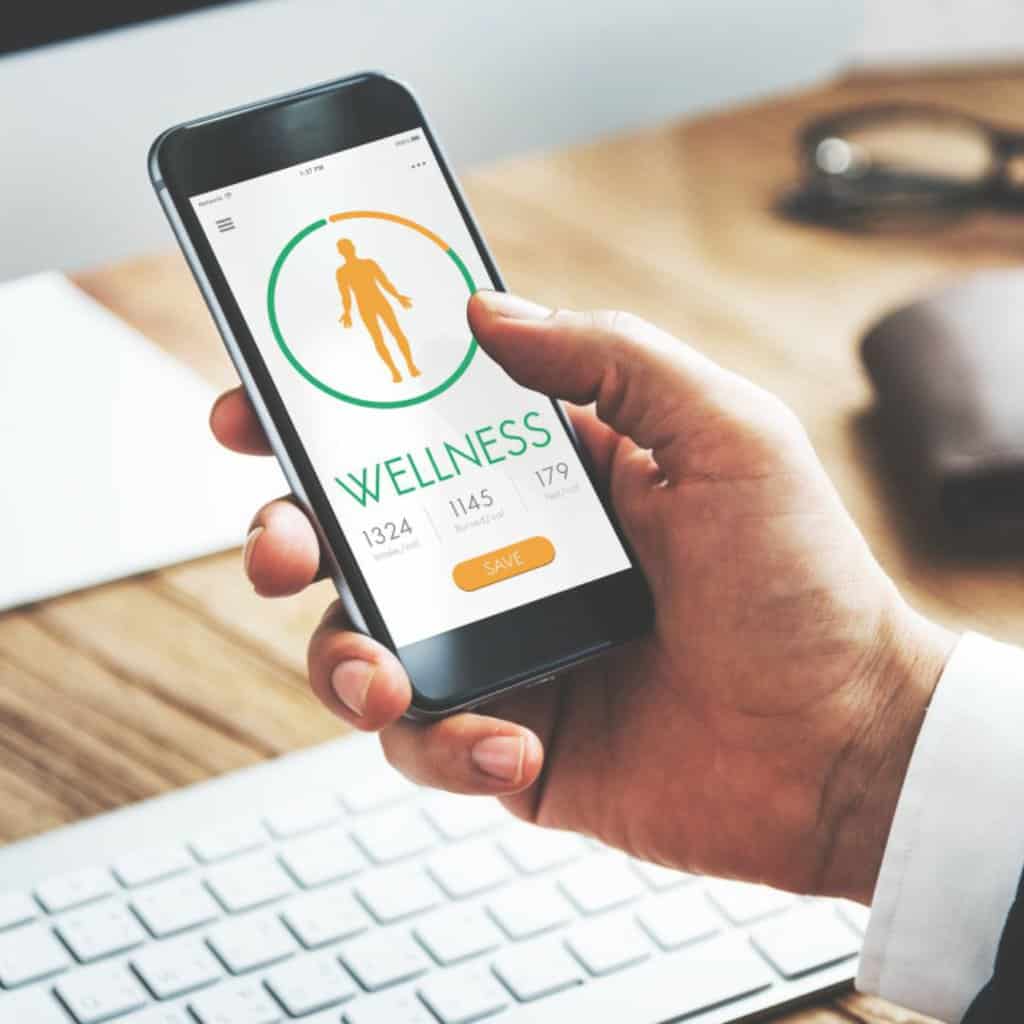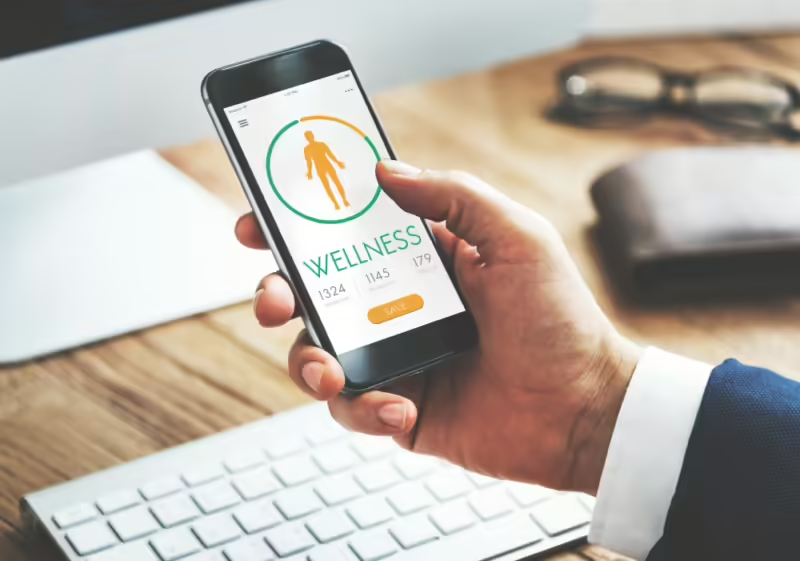Wellness and fitness wearables are taking center stage in today’s healthcare industry. More people are buying fitness trackers and watches to help monitor and track their wellness journey. These devices use the latest Internet of Things (IoT) and sensor technology to collect and analyze vital health information.
The demand for powerful and accurate health monitors and wearables has opened a new market for investors. However, building a successful health monitor has many demands. Here are the top tips for developing smart health monitors and fitness trackers.
Define the Target Market and User Needs
This is a step you must focus on when working on a wellness monitoring device or app. Knowing your target audience is crucial before you even start thinking about assembling your engineering team. Are you developing a wellness tracker for a broad user base or targeting patients suffering from chronic issues?
The answers to these questions are crucial pillars for your project. Conduct thorough research and collect user feedback on specific pain points. This will help you identify what features to implement in your health monitoring device.
Also, focus on the core features and address user needs. Avoid adding one feature too many, as it will make the final product bulky and bloated.
User Experience is Crucial
User experience is a crucial factor when it comes to the adoption of new health monitors. Some people may refuse to buy a device or app if the user interface isn’t appealing and user-friendly. Hire experienced UI/UX designers to work on the app side of the health monitor.
Adding an admin dashboard for easy data visualization will also elevate user experience. Use the best data analytics tools to analyze and present the data in an easy-to-read and understandable format. User feedback should also be collected, and recommendations should be implemented as part of continuous development and integration.
Information Security and Privacy
This is a massive challenge, especially in today’s world where hackers have access to the best system infiltration tools. Don’t consider data security as an afterthought. It should be part of the design and development phase.
Use the best data encryption tools to protect user data when sending information from the smart health monitors to the servers and vice-versa. Also, protect all access points in the health monitoring devices. One-time-passwords (OTP), two-factor authentication (2FA), or Face IDs are all secure options that prevent malicious access via login pages.
Battery Life and Comfort
Most of our discussion has been on the software side of health monitors. However, hardware is equally as important. Use precise, reliable, and suitable sensors for tracking the intended health signals. Optimize power consumption to extend battery life.
Think about space optimization and comfort. Use lightweight but sturdy materials to ensure that the device is comfortable and not bulky. Making the device water-resistant can also be an excellent feature.
Final Thoughts
The IoT healthcare technology field is still new but growing at a steady pace. Ensure that you are up-to-date with the latest compliance and regulatory requirements when building health monitors. Last, leverage the latest technologies, like AI and ML, to make health monitors smarter and more accurate.




